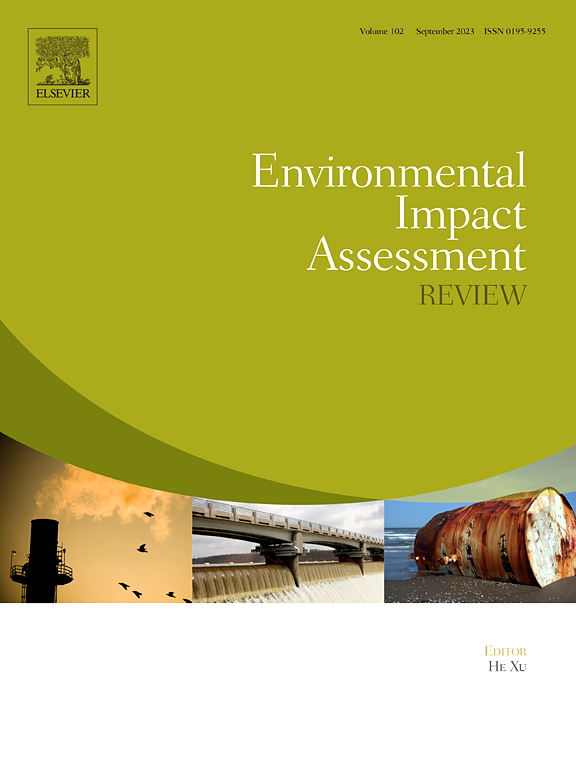小城市可以成就伟业:跨国气候行动和碳排放——城市层面的证据
IF 11.2
1区 社会学
Q1 ENVIRONMENTAL STUDIES
引用次数: 0
摘要
应对气候风险的战略通常是在国家层面制定的,往往忽视了城市作为具体行动实际执行者的作用。我们通过调查加入旨在减少全球温室气体排放的欧盟气候与能源市长公约倡议(EUCoM)的城市,来研究城市行动对跨国气候倡议的贡献。采用城市视角使我们能够观察跨国气候行动产生影响的微观机制。采用“差异中差异”的叠加策略,我们的分析显示,加入EUCoM可以减少8.6%的二氧化碳排放量,这也会溢出到邻近的城市。这种积极影响将持续3-5年。加入“一带一路”的效应在沿海和人口密集城市更为明显,而在30公里以外的地区,空间溢出效应减弱。此外,城市之间的空间联系极大地影响了地方当局参与该倡议的决定,并可能导致一种“为了表象而加入”的现象。重要的是,自我报告的排放清单反映了城市减排的雄心和能力,但它们的减排绩效与雄心勃勃的减排目标之间存在脱节。本文章由计算机程序翻译,如有差异,请以英文原文为准。
Small cities can achieve great accomplishments: Transnational climate actions and carbon emissions – Evidence at the city level
Strategies for addressing climate risk are commonly developed at the national level, often overlooking the role of cities as the actual implementers of specific actions. We examine the contributions of urban actions to transnational climate initiatives by investigating cities that have joined the European Union Covenant of Mayors for Climate and Energy Initiative (EUCoM), which aims to reduce global greenhouse gas emissions. Adopting a city perspective enables us to observe the micro mechanisms through which transnational climate actions make a difference. Using a stacked difference-in-differences strategy, our analysis reveals that joining the EUCoM leads to an 8.6 % reduction in carbon dioxide emissions, which also spills over to neighboring cities. This positive impact persists for 3–5 years. The effect of joining the initiative is more pronounced in coastal and densely populated cities, whereas spatial spillover effects weaken beyond a distance of 30 km. Moreover, the spatial linkages between cities significantly influence local authorities' decision to participate in the initiative and may result in an “joining for appearance” phenomenon. Importantly, self-reported emission inventories reflect cities' ambitions and capacities for emission reduction, but there is a disconnect between their mitigation performance and ambitious emission reduction goals.
求助全文
通过发布文献求助,成功后即可免费获取论文全文。
去求助
来源期刊

Environmental Impact Assessment Review
ENVIRONMENTAL STUDIES-
CiteScore
12.60
自引率
10.10%
发文量
200
审稿时长
33 days
期刊介绍:
Environmental Impact Assessment Review is an interdisciplinary journal that serves a global audience of practitioners, policymakers, and academics involved in assessing the environmental impact of policies, projects, processes, and products. The journal focuses on innovative theory and practice in environmental impact assessment (EIA). Papers are expected to present innovative ideas, be topical, and coherent. The journal emphasizes concepts, methods, techniques, approaches, and systems related to EIA theory and practice.
 求助内容:
求助内容: 应助结果提醒方式:
应助结果提醒方式:


